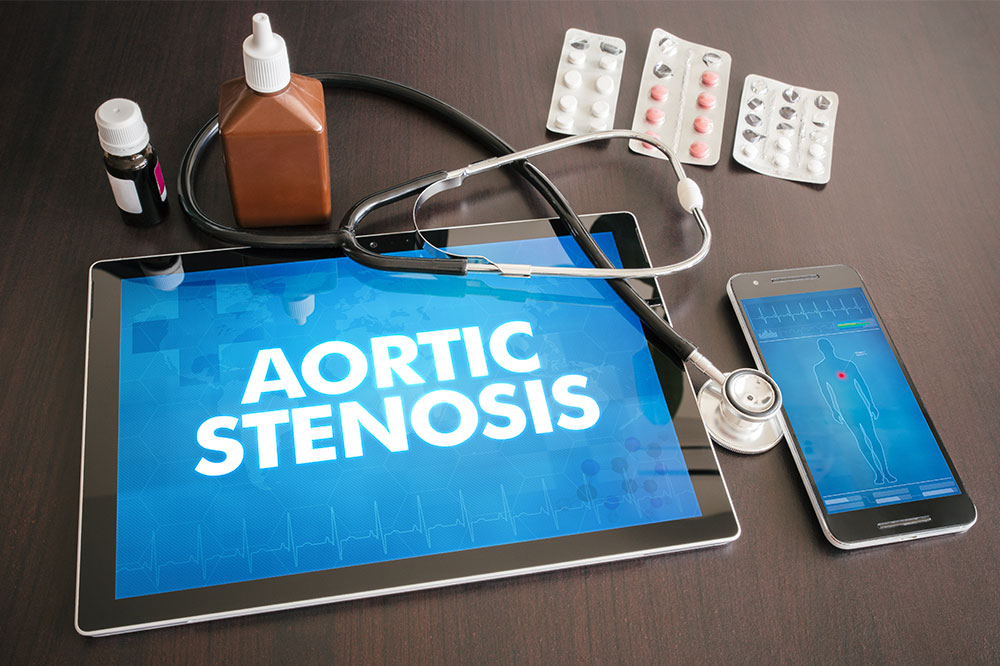Aortic stenosis- Symptoms, diagnosis, and management

Aortic stenosis is a common and severe health condition where the aortic valve (one of the valves that regulate blood flow in the heart) partially close, interfering with heart-related blood flow. This condition can occur for various reasons, and its severity determines the therapy administered. If left untreated for a long time, this condition may lead to severe complications, including heart failure. Some warning signs, causes, and remedies for managing aortic stenosis are listed below.
Symptoms
People may experience various symptoms depending on the severity of the condition. When the valve narrowing is big, more severe and visible symptoms appear. This condition could go unnoticed for many years before becoming critical. Some of the signs of aortic valve stenosis include fast or fluttering heartbeat or palpitations, feeling dizzy or faint after engaging in any activity, chest pain or tightness increased due to movement, irregular heart sounds detected with a stethoscope, breathing troubles (especially when active), exhaustion after increased activity, and loss of appetite. Fatigue, breathlessness, sleeping troubles, and swelling in ankles or feet indicate complications like heart failure.
Causes
Age-related wear and damage
This condition is most commonly diagnosed among people over the age of 65. Blood flow through the arteries may be restricted due to calcium buildup on the valve with age. Lifestyle choices have a direct impact on the heart and its health.
Damage due to infections
When bacterial infections go untreated, they may build up on heart valves and cause the immune system to harm the valves by itself. It often occurs with strep throat or scarlet fever, which, if left untreated, can result in a condition known as rheumatic fever.
Hereditary or chronic illnesses
Aortic stenosis can also be caused by familial hypercholesterolemia, Paget’s disease of bone, and renal failure. It is also connected to autoimmune or inflammatory illnesses such as lupus and rheumatoid arthritis.
Diagnosis
Any primary care physician will refer a patient to a cardiologist for a more thorough examination to look for signs of this condition. It can be determined using several techniques, including:
- Physical examination – A doctor checks for ankle and lower leg swelling and monitors heartbeats to detect any symptoms.
- Electrocardiogram (ECG or EKG) – Sensors are affixed to the chest skin to measure the heart’s electrical activity.
- Chest X-ray, angiography, or cardiac CT scan – Each method involves X-rays taken to examine the inside of the body.
Treatment
Various treatment options are suggested for managing this condition, like blood thinners for heart rhythm problems and mild cases of aortic stenosis. Valve repair is another option in which the surgeon creates an incision in the chest to fix the valve. A catheter with a balloon attached might be placed into an artery to treat the condition. When a valve cannot be fixed completely, it is replaced through certain procedures like aortic valve surgery, Ross procedure, and more. To increase blood flow and help the heart function more efficiently, the valve, in such scenarios, is replaced with a donor valve.


